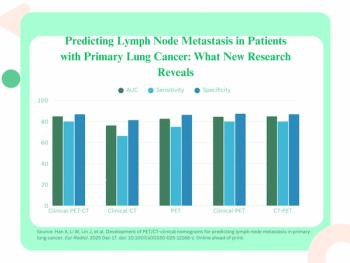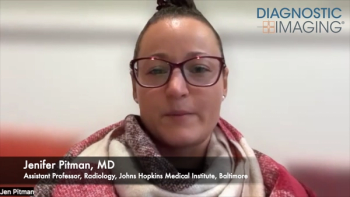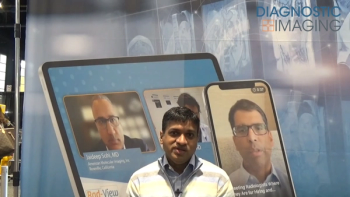
The Art of Teaching: Perspectives on the Role of Radiologists as Master Educators
Why radiology is really all about teaching.
Although many qualified individuals outside the field of medicine are also referred to as
“doctors,” the mission of healthcare practitioners in medicine-and radiology, in particular-is centered on teaching, knowledge-sharing, and collaboration to achieve the best possible patient outcomes. After all, the word doctor
Related article:
Every patient, every image, every new diagnosis is a teaching and learning opportunity. The radiologist not only teaches residents and students who will one day go on to teach others, but also his or her daily work involves educating referring physicians about imaging findings and the best course of action.
Most importantly, with ACR’s new
Teaching expertise
Once a physician enters the field of radiology, he or she become committed to life-long learning. One does not truly become an expert in any field-much less a field such as radiology which requires a vast knowledge base spanning many disciplines-without continuous and deliberate practice.
A paper published in the Harvard Business Review titled, “
The notion of requiring a decade to become an expert in a field is often repeated in various circles and holds true for radiology. Expertise requires an external teacher to provide critical feedback as well as a great internal drive and for that, one must be willing to teach themselves even after having completed residency.
Increased demands
Beyond life-long learning and self-teaching, one of the core pillars of radiology is trainee education and teaching. Many radiologists enter academics with the ambition of teaching tomorrow’s radiology and healthcare leaders. This mission is critical for ensuring a supply of well-trained, competent radiologists needed to address the rapidly-growing imaging needs of our increasing population.
While teaching is an honorable and noble mission, increasing rvu demands and decreasing reimbursements represent emerging challenges for radiologists to provide robust teaching while maintaining productivity. Interestingly,
Beyond that, radiologists also spend time teaching their fellow colleagues by writing case reports, giving lectures, conducting various CME sessions, and by sharing their research findings. In this manner, radiologists continue to develop the field professionally and help contribute to life-long learning of radiologists.
Radiologists are also responsible for teaching and mentoring their junior colleagues within a radiology group or academic department. Senior residents are often an instrumentional factor in the education of junior residents, and various models for such teaching already exist.
Related article:
For example, one particular challenge for new, first-year residents is physics.
Physician education
Yet another aspect of teaching that radiologists must undertake is when discussing patients with referring physicians. In the past-before the advent of PACS and digitilized images-clinical rounds often began in the radiology reading room, which promoted robust radiologist-clinician interactions. While the direct interactions have decreased in the age of PACS, the role of the radiologist as a consultant is more important than ever with opportunities to positively impact patient care in interdisciplinary consultations and tumor boards.
As a means of promoting further collaboration, some institutions have adopted a system of “virtual radiology rounds” where clinicians and their teams discuss their patients at a set time with the attending radiologists via web conferencing.
Whether a radiologist contributes to an M&M conference, a tumor board, a grand round lecture, or a one-on-one curbside, the role of a radiologist as an educator to other healthcare providers is at the center of modern healthcare.
Teaching patients
Finally-and arguably most importantly-the radiologist’s role in teaching patients is ultimately the most critical and rewarding. With ACR’s imaging 3.0 initiative, there has a renewed effort to increase the role of the radiologist in direct patient care. As a result, many successful implementions and case studies of this patient-centered radiologic care have demonsrated the positive impact of radiologists in educating patients directly regarding their imaging findings and disease implications.
Related article:
While initiatives like Imaging 3.0 have their own set of challenges in some practice settings, the effect of having a better-informed patient is immense in improving outcomes. No other specialist is better equipped than a radiologist to discuss imaging with patients, simplyfing technical details and results of imaging-guided procedures into lay terms while understanding the subtleties of findings and their meaning in the context of the clinical and seriologic data.
While these interactions are centered on educating the patients, they are also educational for the radiologists, offering them an opportunity to learn from the patients and correlate the imaging with the clinical findings.
Furthermore, these patient interactions contribute to a more rewarding radiology career and improved job satisfaction in spite of current alarming rates of burnout due to increasing work demands. Ultimately, these direct patient interactions are not only impactful and rewarding, but are also the right thing to do for our patients.
Newsletter
Stay at the forefront of radiology with the Diagnostic Imaging newsletter, delivering the latest news, clinical insights, and imaging advancements for today’s radiologists.



























